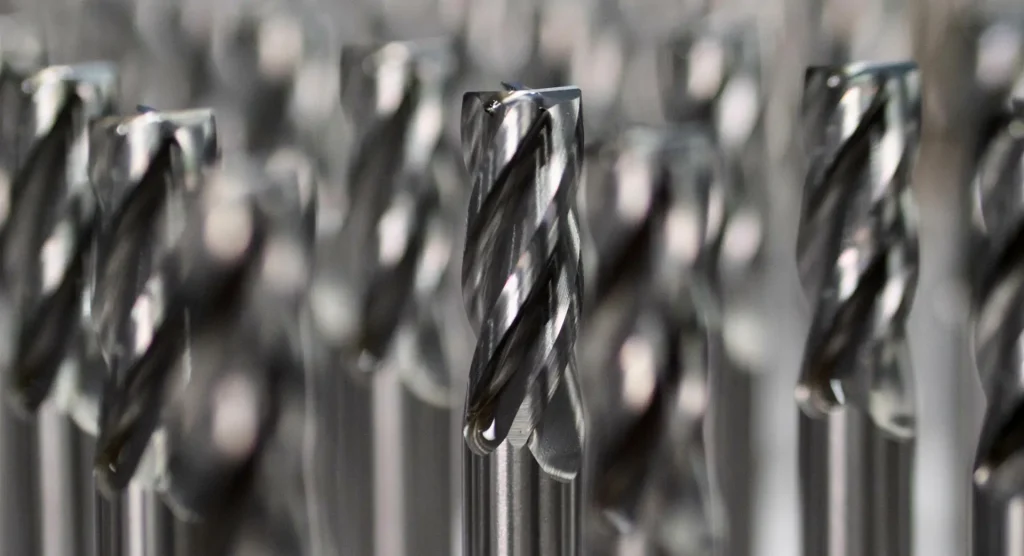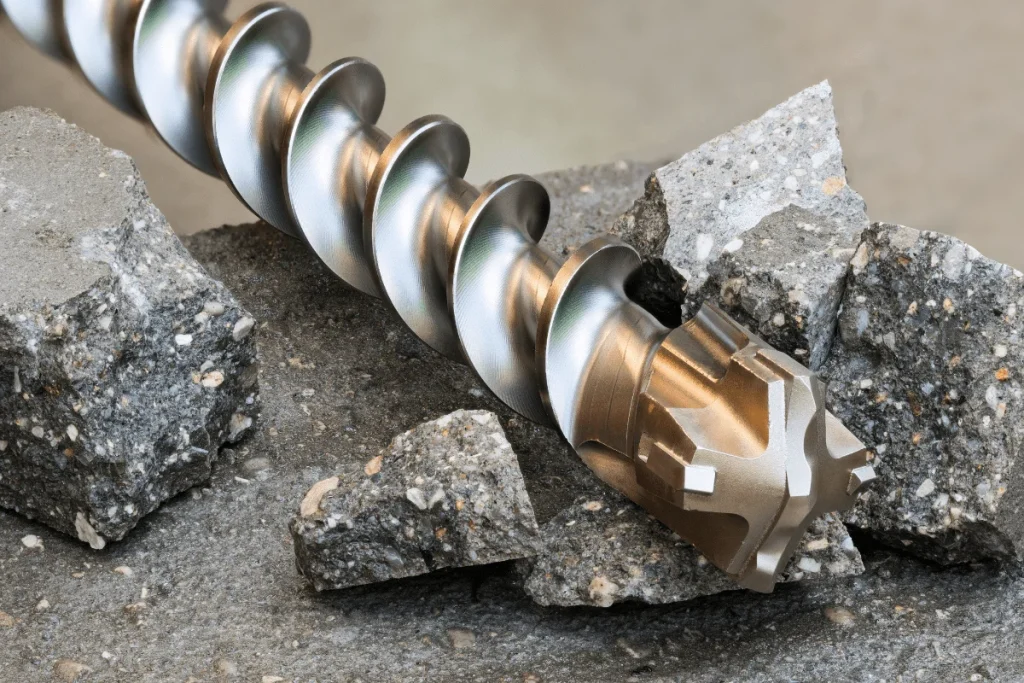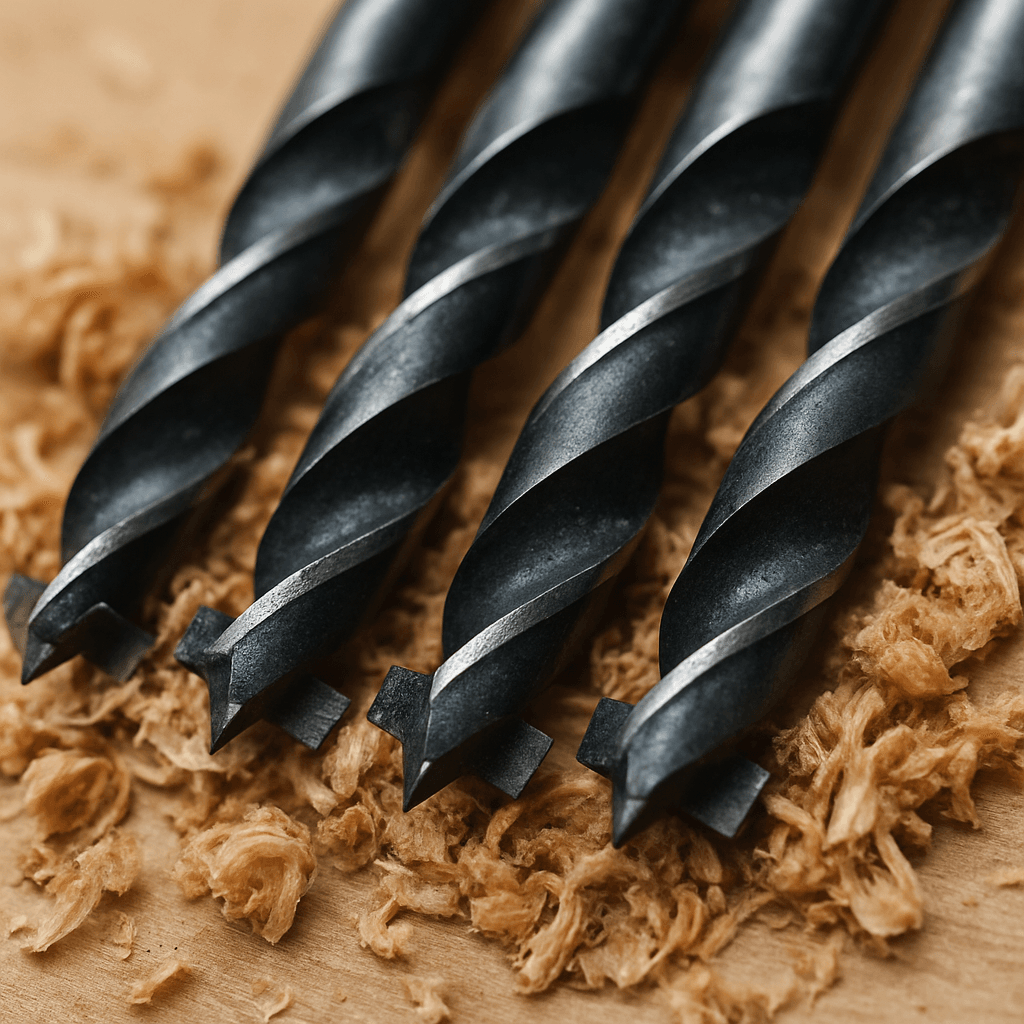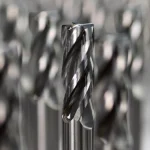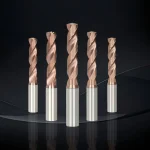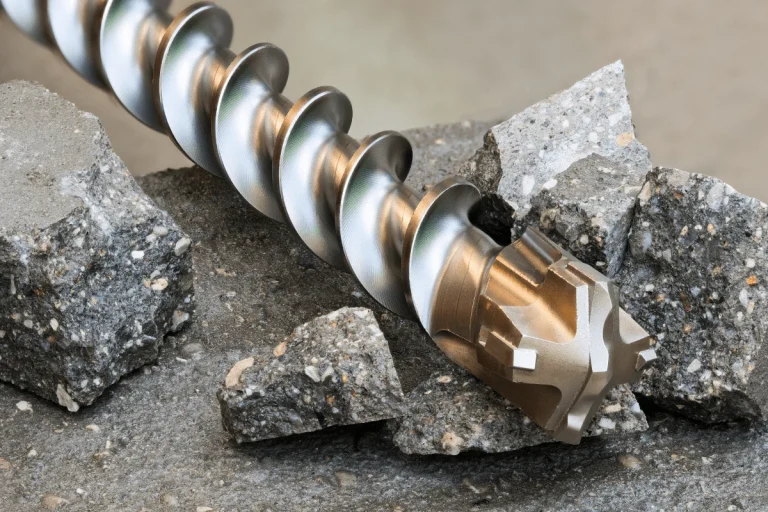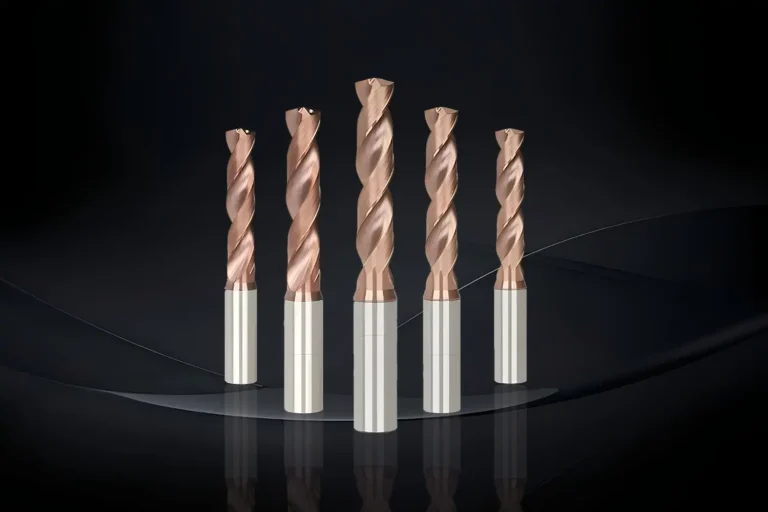Selecting the right drill bit size for screws is crucial to ensure the integrity and effectiveness of your installation. Whether you’re working on a simple home project or a more complex task, matching the drill bit to the screw size is essential to avoid damaging your materials or compromising the screw’s hold.
In this guide, we’ll explore the importance of choosing the correct drill bit sizes for screws, including wood and metal screws. We’ll also provide practical tips and charts to help you make informed decisions.
The Importance of Correct Drill Bit Sizes
When it comes to screw installation, the drill bit you use can make or break your project. Using a drill bit that’s too large can cause the screw to slip or not grip the material properly, while a drill bit that’s too small can lead to cracking or splitting, especially in wood.
Avoiding Material Damage
For wood projects, selecting the right drill bit size can prevent the wood from cracking or splitting. This is especially important when working with hardwoods, which are more prone to damage.
For metal projects, the correct drill bit size ensures that the screw threads engage properly without stripping the material. This is critical for creating secure and durable connections.
Ensuring a Secure Fit
A secure fit is essential for the longevity and stability of any project. The right drill bit size ensures that screws fit snugly without wobbling or coming loose over time. This is particularly important for structural applications where safety and durability are paramount.
Understanding Screw and Drill Bit Sizes
Screws come in a variety of sizes and types, and so do drill bits. Understanding the relationship between the two can simplify your decision-making process.
Screw Size and Drill Bit Guide
Screw sizes are typically indicated by a number, followed by the length of the screw. For example, an #8 screw is thicker than a #6 screw. Drill bits are similarly sized by diameter, which must be matched to the screw size for optimal results.
Wood Screw Drill Bit Size
For wood screws, pilot holes are typically drilled to avoid splitting the wood. The pilot hole should be slightly smaller than the screw’s shaft. Here’s a quick guide:
- #6 wood screw: Use a 7/64″ drill bit
- #8 wood screw: Use a 1/8″ drill bit
- #10 wood screw: Use a 9/64″ drill bit
Metal Screw Drilling Guide
When drilling into metal, it’s important to use a drill bit that’s designed for metalwork. The pilot hole for metal screws should be slightly smaller than the screw’s diameter to ensure a tight fit. Here’s a basic guide:
- #6 metal screw: Use a 3/32″ drill bit
- #8 metal screw: Use a 7/64″ drill bit
- #10 metal screw: Use a 1/8″ drill bit
Types of Drill Bits
Drill bits come in various types, each suited for different materials and applications.
Twist Drill Bits
These are the most common types of drill bits and are suitable for general-purpose drilling in wood, metal, and plastic. They are available in a wide range of sizes.
Brad Point Drill Bits
Ideal for wood, brad point drill bits have a sharp point that allows for precise drilling, reducing the risk of slipping.
Masonry Drill Bits
Designed for concrete, brick, and other masonry materials, these bits are equipped with a carbide tip that can handle tough surfaces.
Specialty Drill Bits
There are also specialty drill bits for specific tasks, such as spade bits for large holes in wood and step bits for drilling through sheet metal.
Pilot Hole Sizing
Creating pilot holes is a common practice to guide screws into materials without causing damage. The size of the pilot hole depends on both the screw size and the material you’re working with.
Screw Pilot Hole Chart
A screw pilot hole chart can be an invaluable tool for determining the right pilot hole size. Here’s a simple version:
| Screw Size | Wood Pilot Hole | Metal Pilot Hole |
|---|---|---|
| #6 | 7/64″ | 3/32″ |
| #8 | 1/8″ | 7/64″ |
| #10 | 9/64″ | 1/8″ |
Tips for Drilling Pilot Holes
- Use a Center Punch: When drilling into metal, use a center punch to create a small indentation. This helps guide the drill bit and prevents it from wandering.
- Adjust Speed: Use a slower drill speed for harder materials to avoid overheating the bit.
- Lubricate the Drill Bit: When drilling into metal, a drop of oil can reduce friction and heat, prolonging the life of the drill bit.
Conclusion
Choosing the correct drill bit size for screws is a fundamental aspect of any successful project. By understanding the relationship between screw sizes and drill bits, you can ensure that your installations are secure and your materials remain undamaged.
Whether you’re working with wood or metal, the right preparation and tools can make all the difference. Keep this guide handy, and use the charts and tips provided to tackle your next project with confidence.


